20 Nintendo Games That Changed History
From technical innovations to breathing new life into our love for gaming, these 20 Nintendo games really changed everything.
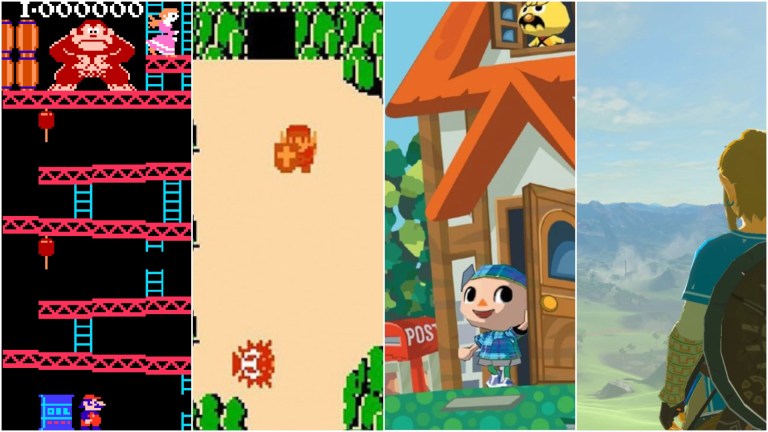
In an industry dependent on ever-changing technology, there’s no video game company quite like Nintendo. They made a name for themselves as the company so synonymous with gaming that parents called every game console “Nintendos” for years to come, and they’re still the source of some of gaming’s greatest modern experiences.
There have been a lot of discussions over the years about the best Nintendo games, but there’s an arguably more interesting conversation to be had about the most important Nintendo games. After all, Nintendo hasn’t just consistently delivered the games that defined the childhoods of multiple generations; they’ve spent decades delivering games that changed gaming for the better by innovating in ways that elevated our expectations.
Of course, it’s certainly no coincidence that these Nintendo games that forever changed the history of gaming also happen to rank high among the best games ever.
*Note: Games published and developed by Nintendo were considered for this list.
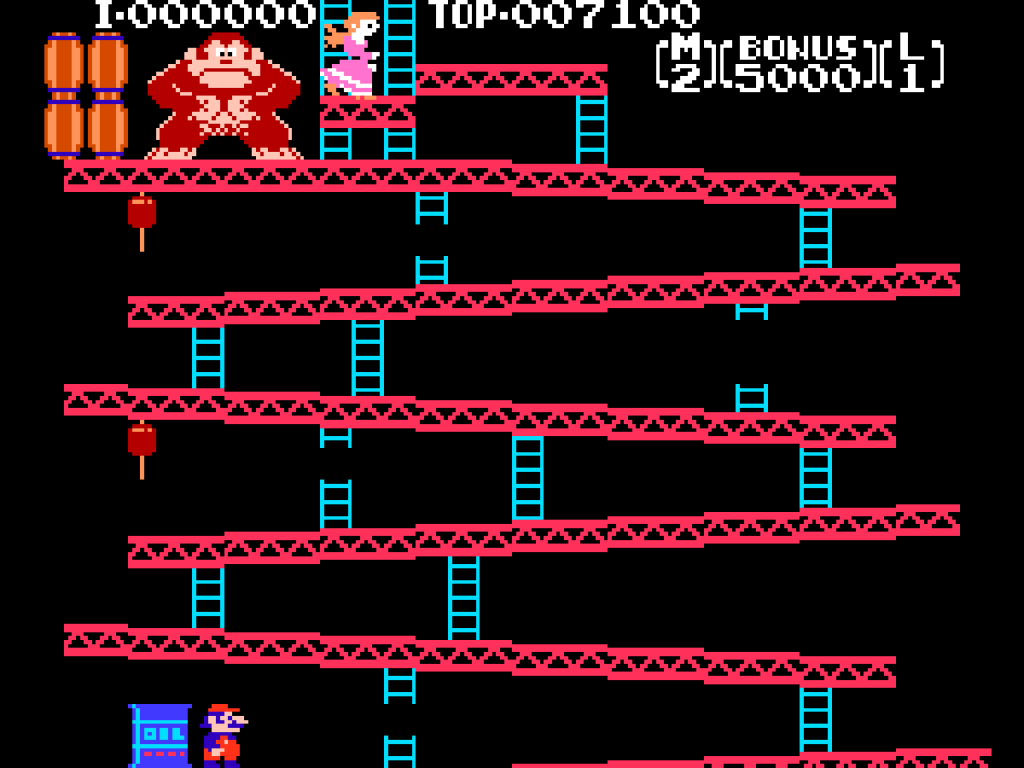
Donkey Kong
1981
Rather than focus on Donkey Kong’s many “on-screen” innovations (of which there were many), I’d like to argue that its spot on this shortlist is earned due to the significance of its behind-the-scenes history.
As the game that essentially launched the design career of the legendary Shigeru Miyamoto, Donkey Kong put the entire game development scene on notice. Its blend of storytelling, characters, and gameplay revolutionized the industry and helped show that games could be more than the bright lights and big sounds that caught your attention across a crowded arcade floor.

Duck Hunt
1984
Along with Nintendo’s R.O.B. accessory and that device’s compatible games, Duck Hunt helped Nintendo revitalize the Western console market by luring people in with the promise of a digital toy rather than yet another video game console.
While R.O.B. was arguably a bigger part of that strategy, it’s a testament to Nintendo’s brilliance that Duck Hunt ended up being a very good game despite the fact it was a piece in what amounted to an elaborate Trojan Horse marketing push. It also helped convincingly bring the “light gun” genre from the arcades to our homes.

Excitebike
1984
The fact that you could enjoy Excitebike to this day despite the fact it offered relatively simple gameplay even when it was released in 1984 speaks to its longevity, but as you’ve probably guessed, this one is here mostly because of its course creator.
Excitebike wasn’t the first game to feature such a tool, but never before had such an option been offered in a game that was so fundamentally fun. In the years that followed, more and more developers were pressured to offer us some kind of creative element in their games, and we’ve been reaping the rewards ever since.
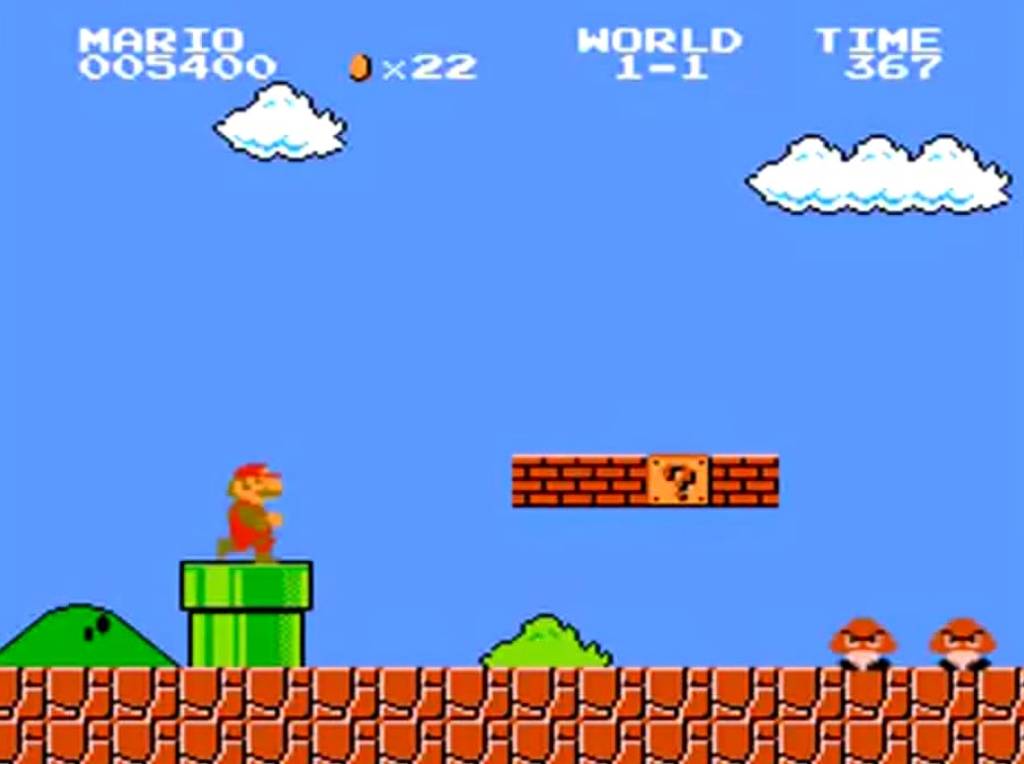
Super Mario Bros.
1985
Super Mario Bros. is the most important video game ever made. A statement like that is typically designed to inflame and trigger debates, but in this case, that bold claim is a near fact.
Along with its many gameplay and design innovations, Super Mario Bros. changed how we talked about video games. Suddenly, the thrill of discovery was just as important as the mastery of a game’s mechanics. There’s a reason Mario is still Nintendo’s mascot. This is the game that taught millions to truly love what video games had become and would soon be.
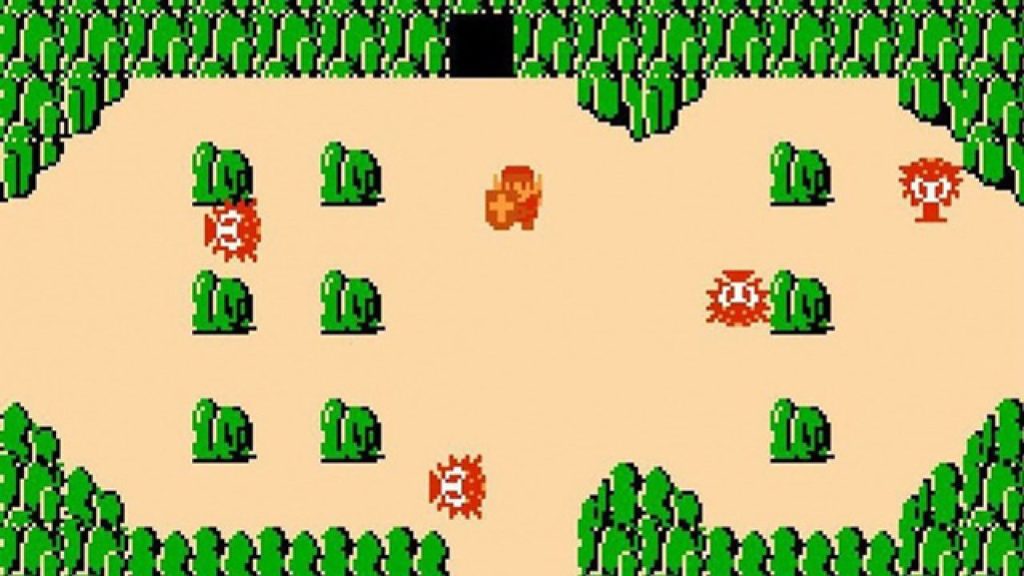
The Legend of Zelda
1986
The Legend of Zelda deserves to be on this list for its battery backup save system alone (passwords were always a nightmare), but when I think back on just how revolutionary this game was, I dwell on the ways it allowed us to look beyond the barriers of game design at a time when most developers were still amazed those barriers were possible in the first place.
Zelda was one of the first games many of us played that didn’t feel like it was shepherding us through levels. Those levels were there in some form, but you can’t overstate the thrill of discovering that it was up to you to find them in your own way. At a time when video games often promised an almost otherworldly adventure, Zelda offered that with remarkably few compromises.
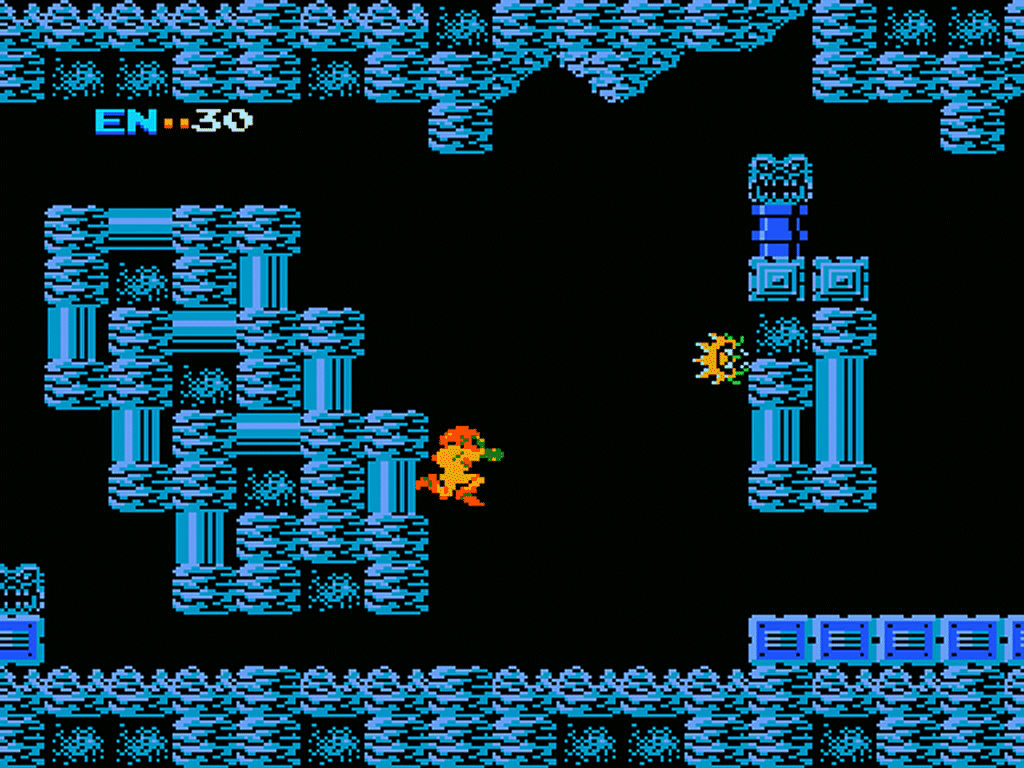
Metroid
1987
Yes, Metroid is the grandfather of the “Metroidvania” genre as well many little design decisions that are considered to be advanced even in the modern age. As I’ve noted before, though, my memories of how Metroid changed gaming forever are almost all based on the title’s atmosphere.
Metroid benefited from a level of artistic and design direction that many people didn’t even know a game was capable of producing at that time. The game had this way of reaching out from the screen and wrapping you in its world that we wouldn’t start expecting from titles until well into the 3D age.
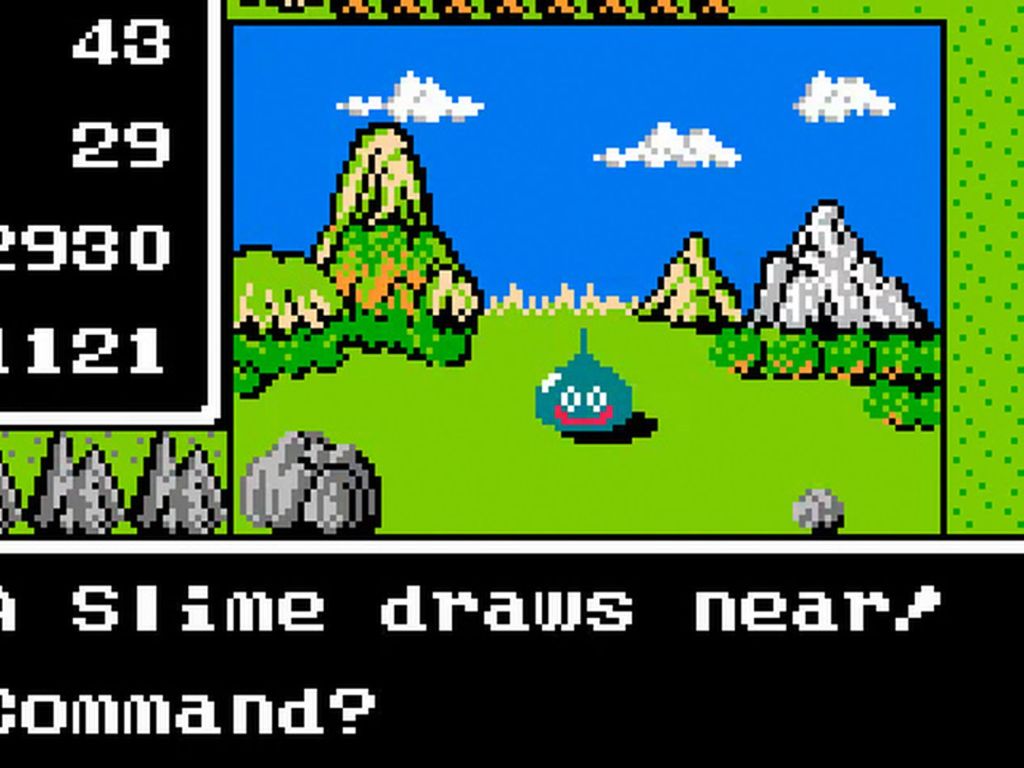
Dragon Quest/Dragon Warrior
1989
Early RPG experiences like Dungeons and Dragons and the many computer games that followed that tabletop classic’s mechanics were revolutionary, popular, and, for many, largely inaccessible and entirely overwhelming.
Dragon Quest helped change how RPGs were perceived by gamers and the global game industry by finding new ways to present classic RPG mechanics in a package that felt much more approachable. Yes, that meant the rise of the JRPG, and yes, it meant innovations in video game storytelling, but Dragon Quest’s most lasting legacy may be how it slowly led more gamers to realize that they could handle (and craved) something deeper.

Tetris
1989
Though Tetris was playable on computers long before its Game Boy debut, it’s hardly a surprise that’s the version of the game many of us think of when we think of this timeless masterpiece.
Along with helping establish the handheld gaming industry and revolutionizing the puzzle genre, the Game Boy version of Tetris taught many people who didn’t consider themselves to be gamers that they were just one great game away from becoming addicted. At a time when there’s still a cultural divide between “hardcore” and “mainstream” gamers, Tetris proves that there’s some kind of gamer in most of us.
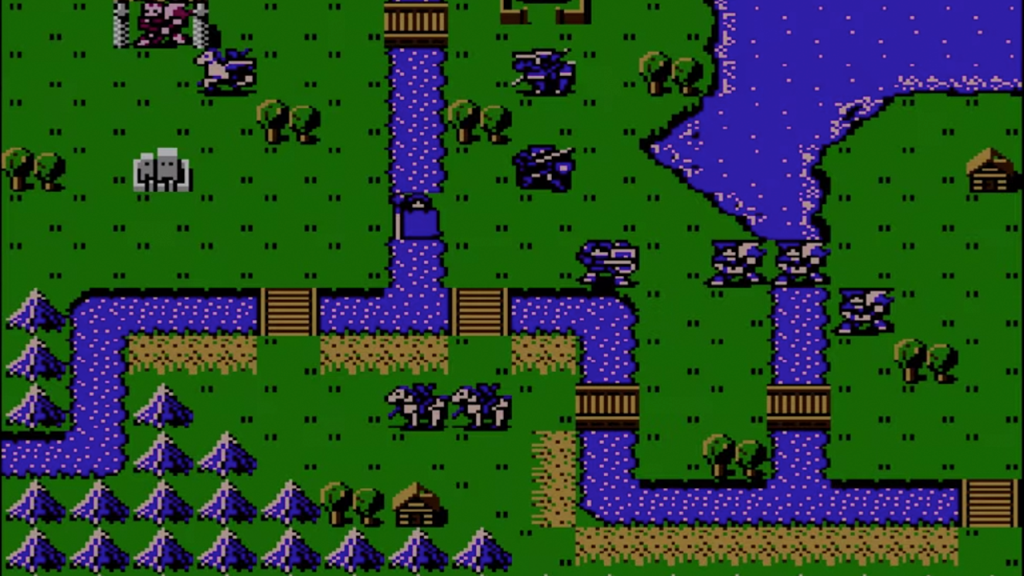
Fire Emblem: Shadow Dragon and the Blade of Light
1990
As an early example of the turn-based strategy genre, the first Fire Emblem game helped break barriers by showing console gamers they didn’t need a PC to enjoy tactical experiences.
More importantly, this title utilized role-playing mechanics in a way that immediately separated it from nearly every other strategy title on the market. It was an early instance of a studio utilizing basic role-playing concepts in a way that would greatly enhance another genre’s core experience. The following decades would see many more studios rely on similar techniques.
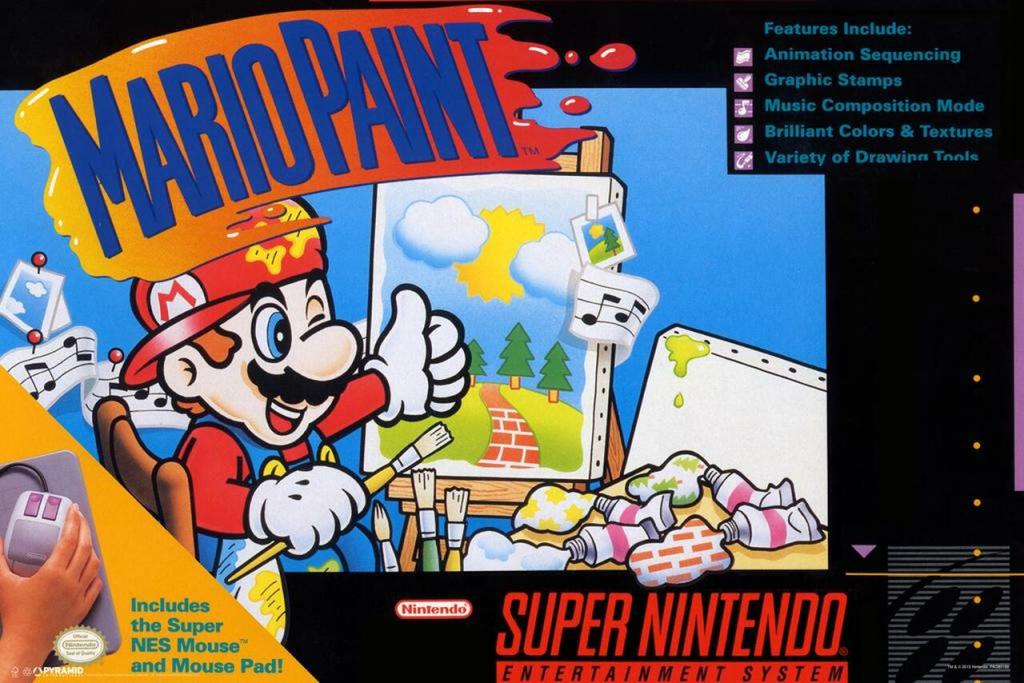
Mario Paint
1992
In the midst of a kind of golden age for educational games, Nintendo released Mario Paint: a project that convinced a generation of gamers that there was a creative side of them that was just waiting to burst free.
By adding a slight “gamification” element to otherwise basic design and visual creation tools, Nintendo tapped into the inherent fun of an otherwise often overwhelming creative process and allowed millions to share and recognize that joy they felt making something come to life. Many Nintendo games made us want to be game designers, but it was Mario Paint that gave quite a few future artists, designers, and developers the confidence to go out and do it.
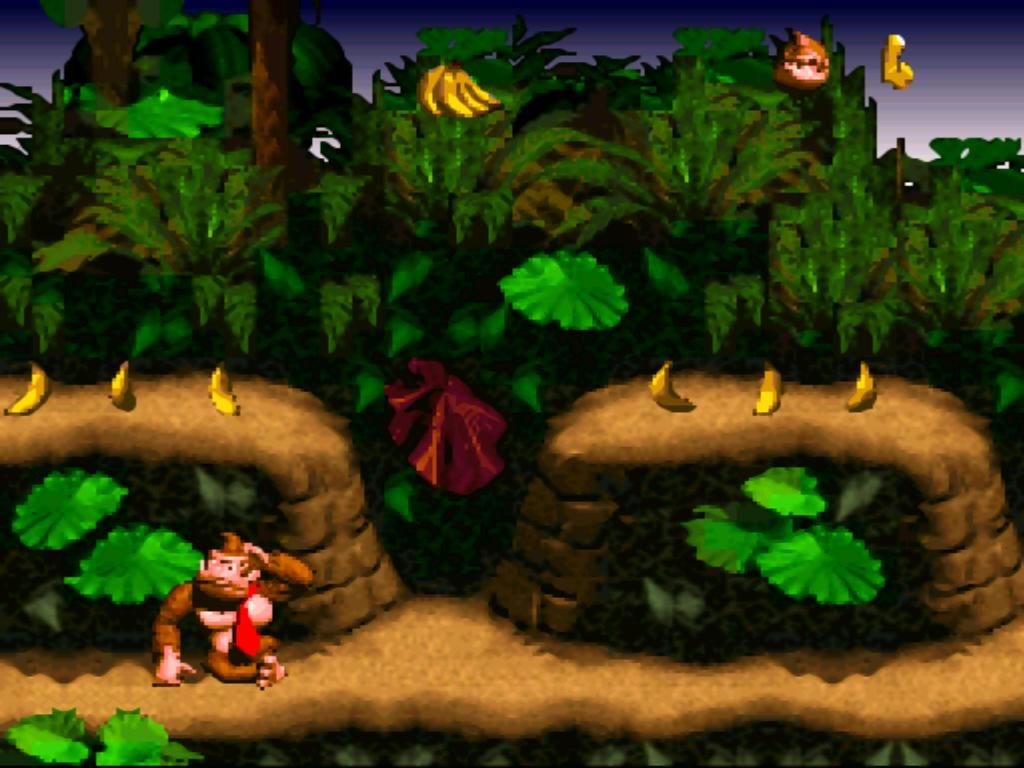
Donkey Kong Country
1994
You can argue over the “value” of video game graphics compared to every other design aspect of the medium, but it’s hard to argue that graphics haven’t been a historically vital selling point. One of the earliest games to properly recognize and utilize the value of that selling point has to be Donkey Kong Country.
Along with Myst, Donkey Kong Country helped change our collective expectations for video game visuals. We were talking about graphics before Donkey Kong Country, but when this game came along, it felt like everyone stopped the arguments over technological superiority and just took a moment to appreciate something beautiful and wonder how it happened. Nintendo (and Rare) raised the bar for raw video game visuals with this one in a way you could argue they haven’t really done since.
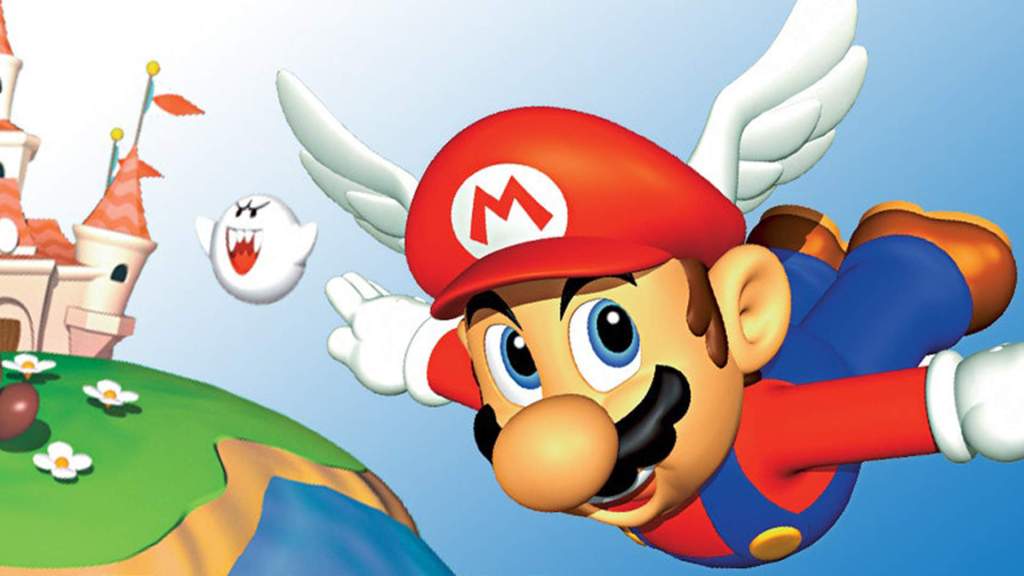
Super Mario 64
1996
If you really want to appreciate Super Mario 64’s legacy, go back and play the other 3D games that came before it. For that matter, play quite a few of the games that came out shortly thereafter. What you’ll find are the remnants of a time when developers clearly didn’t know how 3D design was ever going to capture the simple pleasures of notable 2D titles.
Super Mario 64 wasn’t necessarily “perfect” in that respect, but what it did was allow us to celebrate the joy of navigating a 3D space rather than constantly struggle with the design hurdles associated with that goal. More than just a landmark in 3D controls and world design, though, Super Mario 64 showed that Nintendo magic was alive and thriving in the third dimension. It’s arguably still the best 3D platformer ever made.
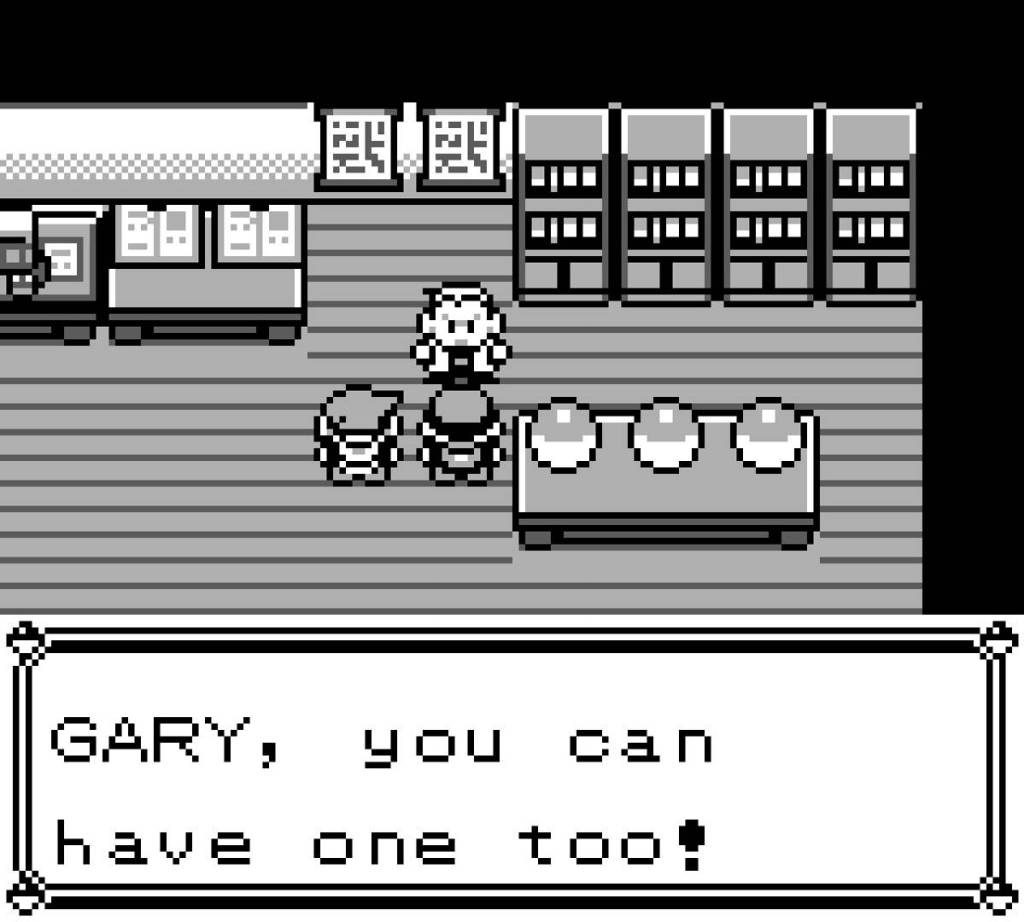
Pokemon Red/Blue
1996
It’s tough to properly describe what it was like growing up in the early days of Pokemon. It came out of nowhere to take the world over and is considered by many young gamers to be the first significant piece of pop culture that felt like it truly belonged to their generation.
Yes, Pokemon would inspire a legion of “knock-offs,” but the thing I can’t get over all these years later is how the original Pokemon games created this global community of fans despite being fairly complicated and deep titles that could take dozens of hours to beat. It wasn’t just a pop culture phenomenon that went on to make billions of dollars; it was a substantial piece of game design that resonated as it innovated.
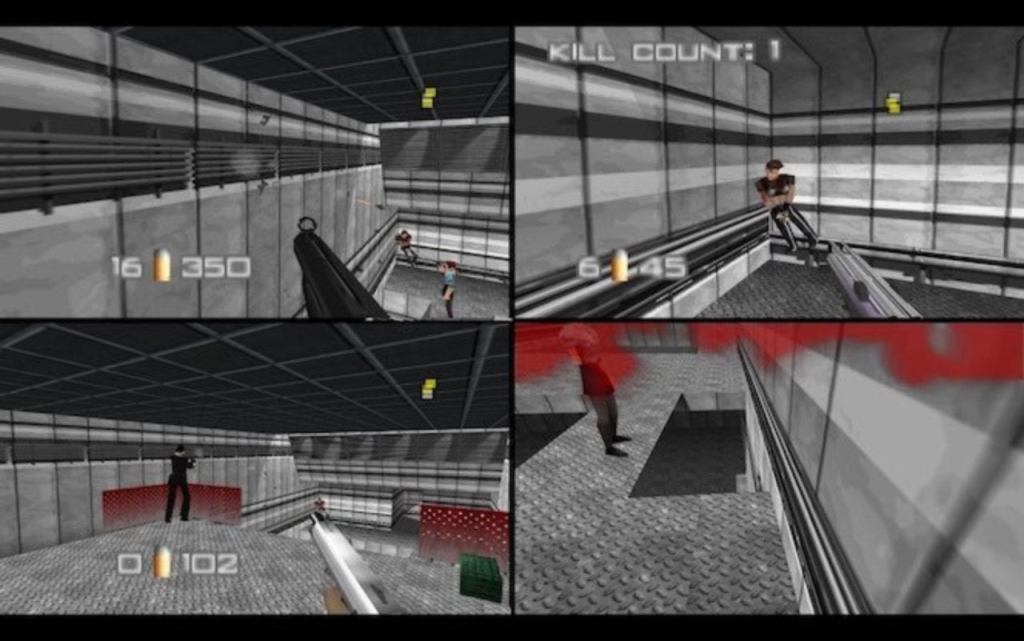
GoldenEye 007
1997
At a time when the barriers that prevented many console gaming fans from playing the newest PC games were often too great to overcome, the idea of playing a competitive multiplayer shooter existed alongside a trip to the moon. It was this idea that thrilled and eluded a generation.
GoldenEye 007 not only allowed those gamers to experience an incredible competitive shooter; it gave them one of their own. No, GoldenEye couldn’t hold a candle to titles like Tribes or the most ambitious PC shooters of that era in terms of scope, but those PC shooters couldn’t quite replicate the feeling of sharing a room and a screen with friends who came together over GoldenEye and traded in hours of their lives for memories that would never fade.

Star Fox 64
1997
You know, I really struggled with whether or not to include Star Fox 64 on this list. Is this game really worthy of being put alongside such noteworthy peers largely because it helped popularize the rumble feature in console gaming?
However, when you consider that variations of that feature are still being used to sell console peripherals to this day, I’d say the answer would have to be “yes.” The ways that Star Fox 64 used the Rumble Pak essentially made console manufacturers everywhere throw out whatever they were working on and embrace what would clearly become the future.
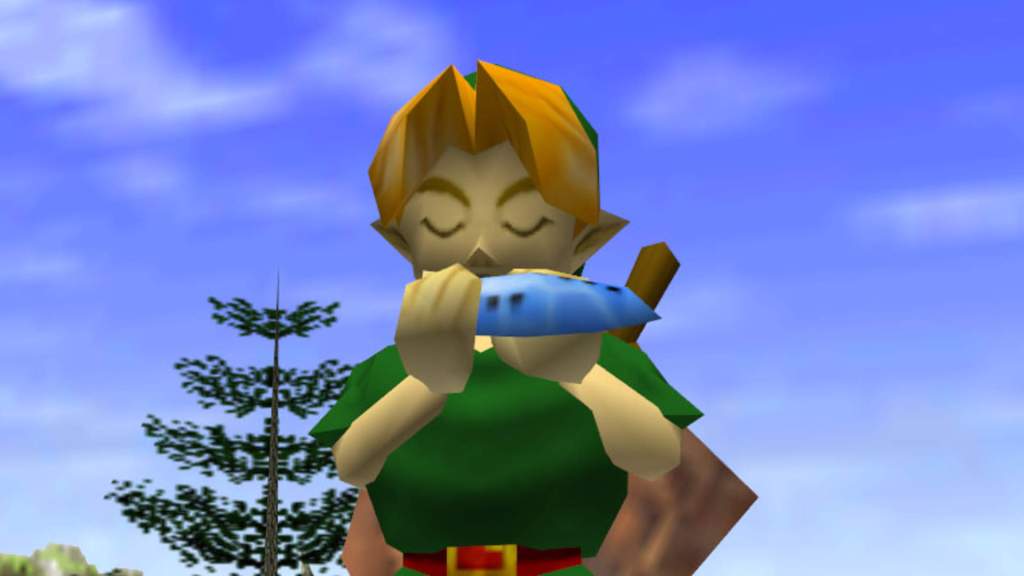
The Legend of Zelda: Ocarina of Time
1998
When somebody first described Ocarina of Time to me, I couldn’t believe it. What they were describing was the game I dreamed I was playing for so many years but never thought I’d actually get to enjoy outside of my imagination.
Ocarina of Time proved that studios were capable of crafting the controls, cameras, and other gameplay mechanics that made the games of our dreams possible. It would be years before industry standards were on the level of the work Nintendo did here, but Ocarina of Time gave studios a blueprint for success that it sometimes references to this day.
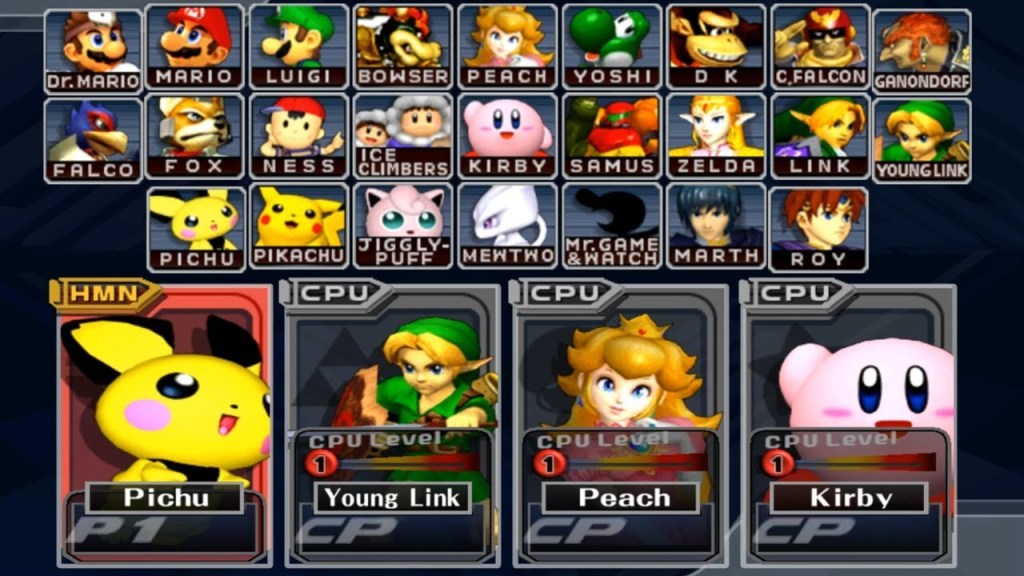
Super Smash Bros. Melee
2001
No, it wasn’t the first Super Smash Bros. game, but Melee lays claim to unique longevity that its predecessor doesn’t enjoy and its successors have arguably been chasing.
Nearly 20 years after its release, Melee is still the game millions of fans swear by. They may have modded and upgraded it, but this is the title that has launched tournaments, communities, and expectations for excellence within this genre that would otherwise be unrealistic were it not for the fact that this game made it established them so effectively.
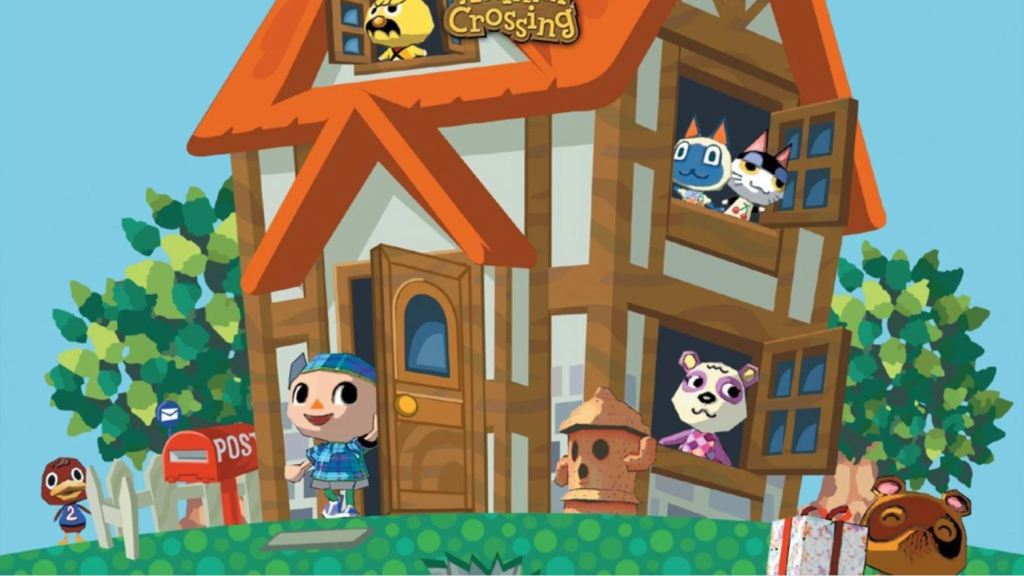
Animal Crossing
2001
Animal Crossing: New Horizons became the gaming craze of 2020 by virtue of being the game we needed most during unbelievably difficult times. What’s truly remarkable, though, is that most of that game’s best features were innovated by this 2001 title that predicted how much we’d one day need a game exactly like it.
Through a brilliant real-time clock system, Animal Crossing drastically slowed down the pace of the average game in 2001 and argued we all needed to take a little time to share the little things with the ones we love or even just smell the roses. It was a niche concept at the time, but the series’ ever-growing fanbase proved just how ahead of its time it really was.
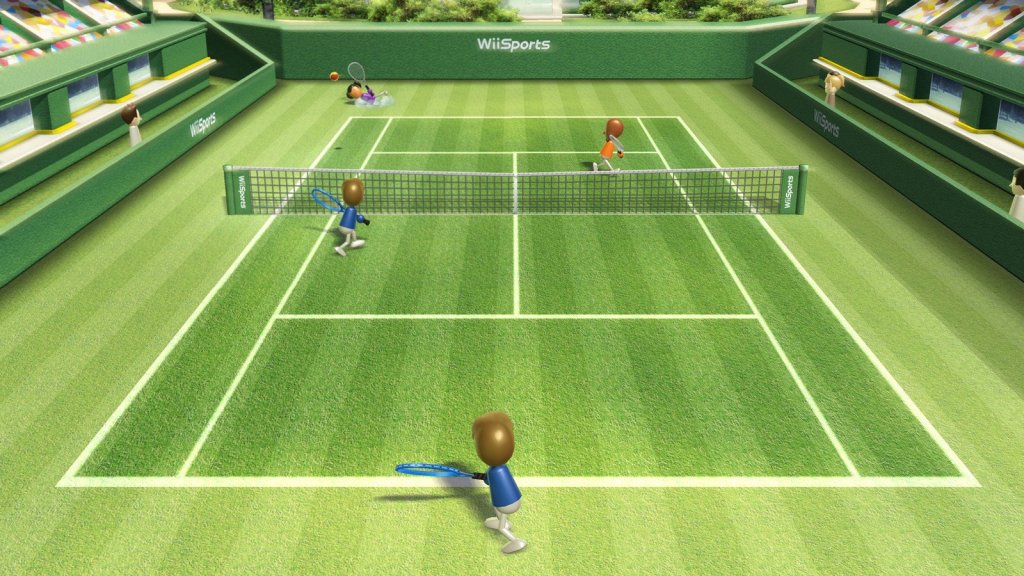
Wii Sports
2006
I’ll never be able to tell you just how grateful I am that we’re out of the motion control era (mostly), but I can also count on one hand the games released since Wii Sports that have come close to replicating the experience it offered nearly every time that you played it.
No matter how long you’d been gaming, Wii Sports offered something that you just had to play and play again to really wrap your head around. It brought us together to appreciate this simple and undeniable joy delivered through advanced technology, which was also the core of the NES’ appeal and thus the promise the modern gaming industry was basically founded on. It also must be noted that this was the main reason why over 100 million people bought a Nintendo Wii.
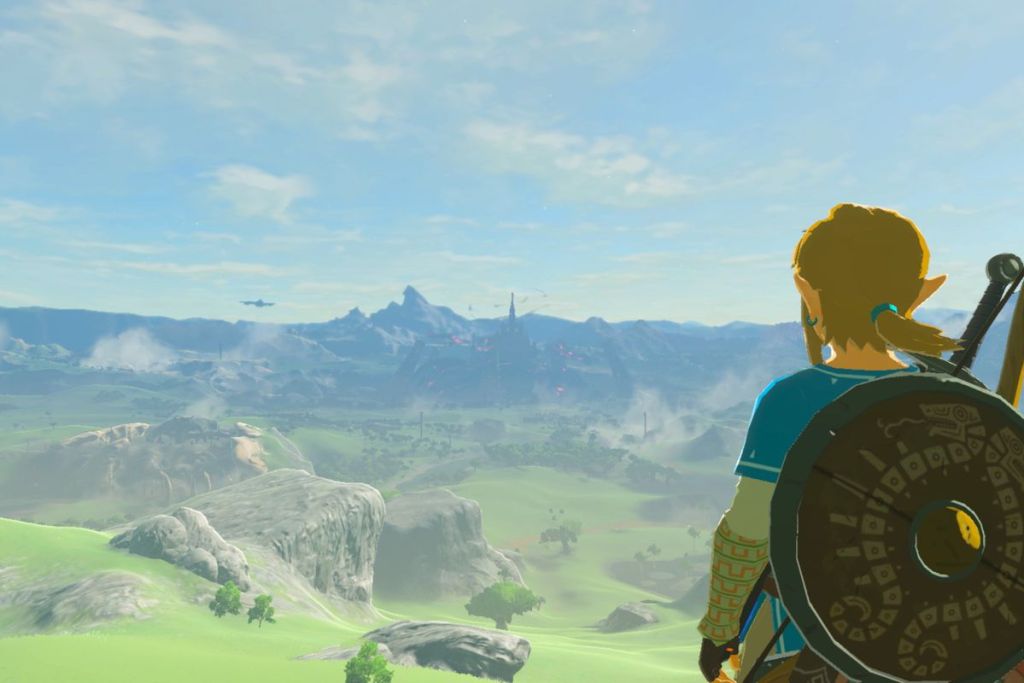
The Legend of Zelda: Breath of the Wild
2017
At a time when open-world games were starting to feel formulaic, Nintendo came along and showed the industry that they needed to go back to the drawing board and find the magic that had been lost in the genre’s increased complacency.
By combining elements of survival games, open-world titles, Dark Souls, and yes, the best Zelda adventures, Breath of the Wild broke through the cynicism that sometimes comes with years of technological advancements and reminded all of us that the ability to explore a fully realized world brimming with mysteries could be a simply magical experience.
